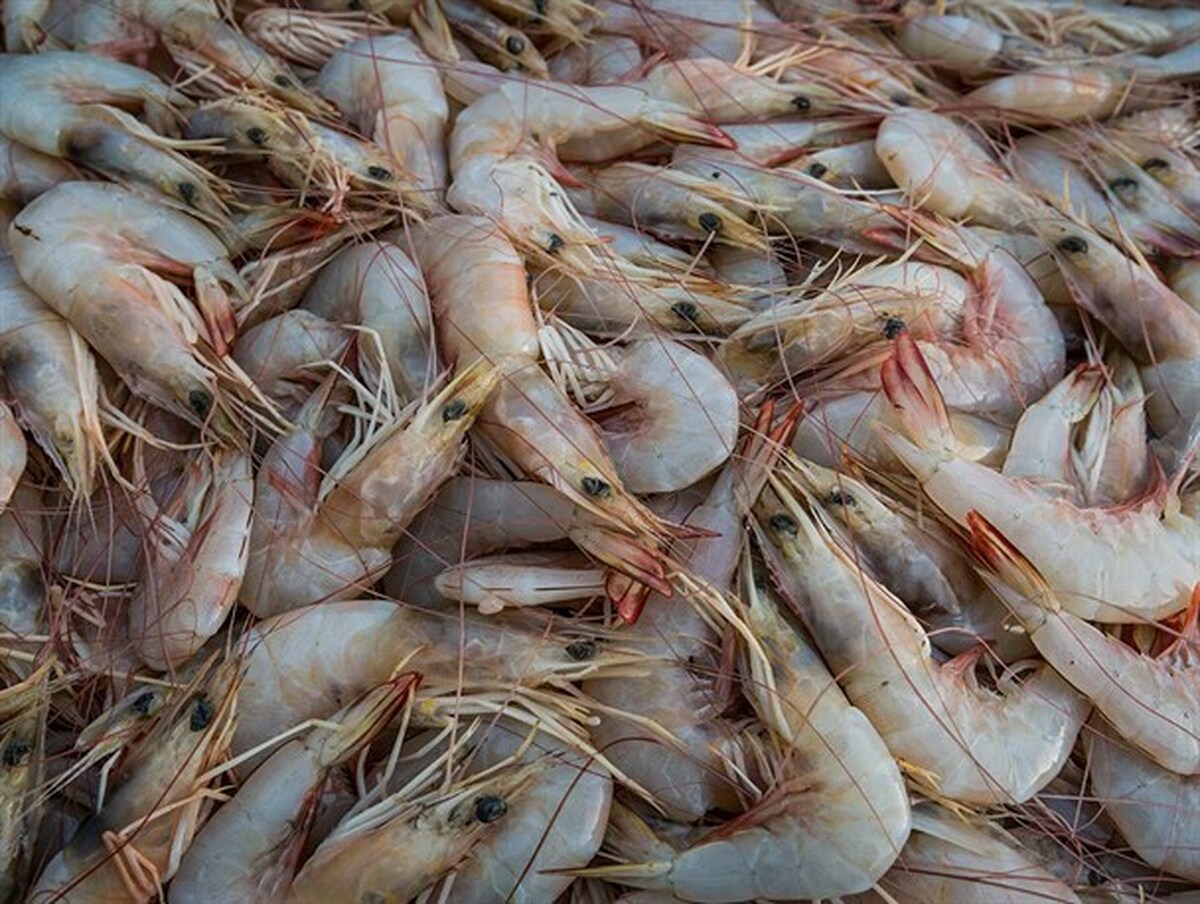Iran Producing Farmed Shrimp Focusing on Genetic Diversity

”Currently, I am in charge of the Qeshm Higher Education Institute and the head of the Fisheries and Agriculture Department of the Qeshm Free Economic Zone Organization,” Mansour Azad, a professor of the Islamic Azad University (IAU)-Qeshm branch, said while elaborating on his own shrimp breeding method.
He said that they have focused their business on fisheries and aquaculture on Qeshm island, which is located in the South part of Iran in the Persian Gulf.
“The service we offer is the creation of a shrimp breeding bank to produce Litopenaeus Vannamei shrimp products. This shrimp is not indigenous to our country, but it is now known as a cultured species in the entire world,” the IAU professor said.
“We hope that production of Litopenaeus Vannamei shrimp in our country will reach 70,000 tons this year despite the fact it is still a very low level compared to the world production volume. Our effort is to be able to develop the shrimp breeding industry in the suitable lands that exist especially in the littoral regions of the Persian Gulf and the Sea of Oman,” Azad added.
“Farmed shrimp is almost entirely an export product, and very little, perhaps below one percent, enters the domestic market and is viewed as a valuable export product in Iran. We produce an average of 10 tons per hectare annually. Our production will exceed 100 tons per hectare, which is a great change in increasing productivity in producing this product, but in order to keep on with the mentioned quantity, we need to supply the shrimp.”
The national Asreh Omid Event was held in late May in Tehran’s Grand Mosalla with the participation of 3,000 knowledge-based companies, laboratories, research teams and startups.
4155/i/Mohammad Jafari





















